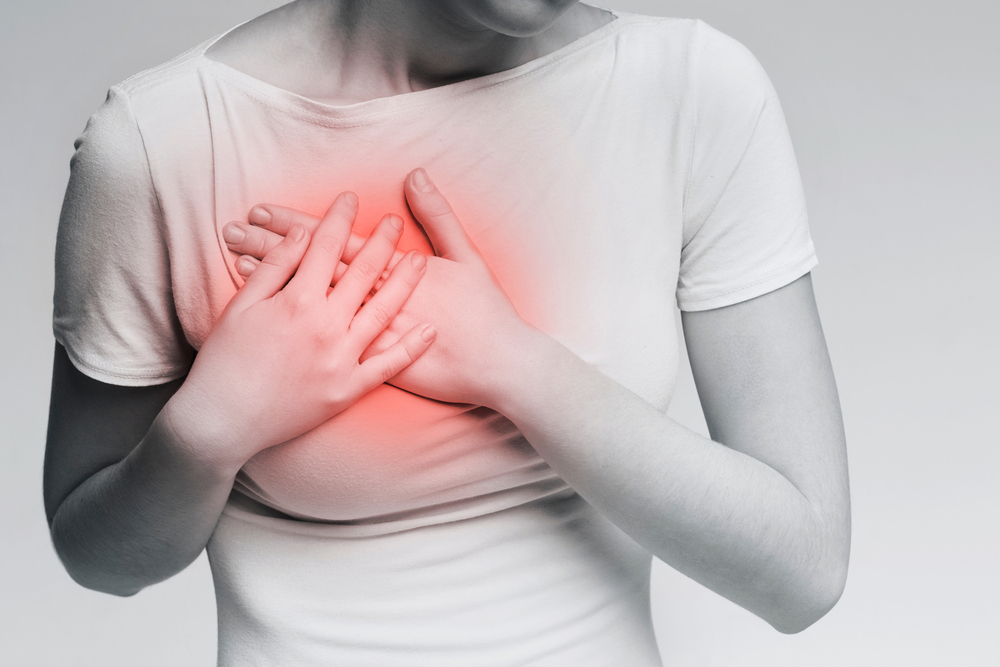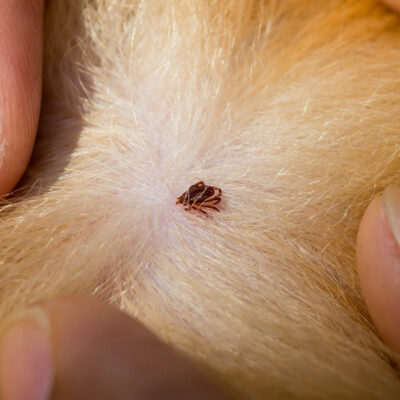
Breast Cancer Signs Noticed During Menopause
Breast cancer is a highly prevalent condition in which an overgrowth of abnormal cells occurs in the mammary glands. There are numerous types of breast cancer, and the most prevalent ones are invasive carcinoma and ductal carcinoma in situ. Some rare forms of breast cancer also include phyllodes tumor and angiosarcoma. However, thanks to medical advancements over the years, it is a lot easier to diagnose and treat breast cancer.
From a scientific perspective, there is no direct correlation between menopause and breast cancer. Nevertheless, one becomes more susceptible with the increase in age. There are different treatments and prescriptions to manage peri and menopausal symptoms, and some medications (i.e., synthetic hormones) may decrease or increase your vulnerability to developing breast cancer. Constant exposure to hormones whether they’re natural or synthetic drugs, may increase the probability of developing breast cancer. As such, postmenopausal women prescribed hormone replacement therapy should keep an eye out for the following signs of breast cancer during menopause:
1. Lumps
The first tell-tale of cancer is a lump in or around the breast or armpit area. Swelling or thickening tissue that feels different from the touch is a warning sign. There might not be any changes to the structure of the tissue, and a mammogram might not indicate any problem. Set an appointment with your doctor to eliminate a cancer possibility.
2. Thickening of the skin
Do you notice any peculiar changes on the skin of the breast area? Is there any redness you consider abnormal? Changes to the skin and the nipple could be an indicator of breast cancer. Seek medical consultation if the skin or areola (pigmented skin) is scaling, flaking, peeling, or crusting.
3. Discharge or blood
Milky discharge is only natural when one is pregnant or breastfeeding. However, colored discharge is not normal, and you should seek medical assistance as fast as possible. Such discharge will vary inconsistency, and it could be clear, green, yellow, or red. Nipple discharge fluid or changes is not always cancerous, especially if you’ve had breast infections before. Other reasons you may experience discharge include side effects of birth control, thyroid disease, and differences in body physiology.
4. Dimpling
Dimpling skin that looks like orange peel might be a sign of a more aggressive type of cancer. The swelling is a result of a build-up of lymph fluid. The pitted skin resembles the surface of an orange. Lymph nodes are tissues part of the immune system that helps to filter and capture harmful cells. When cancerous cells leave the breast tissue, they will travel to the lymph node region on the underarm and result in swelling on the underarms and/or the collarbone. Talking to your doctor will help identify the potential cause of swelling and the next course of action.
5. Inverted nipples
Cancer of the mammary glands can result in changes behind the cell wall, and may cause the nipple to reverse inwards. Alternatively, the size or shape of the nipple might look different. Even though this often happens during a menstrual cycle, postmenopausal women might experience it too if they are using hormonal therapy. Either way, it is advisable to see a physician in such a situation.
Most health practitioners recommend routine cancer screening between the ages of 45-50. Depending on other factors, your doctor might recommend it earlier. Mammograms are a great way of detecting abnormalities that are too small to be felt or seen. Physical exams are just as essential because mammograms cannot detect all cancers.


